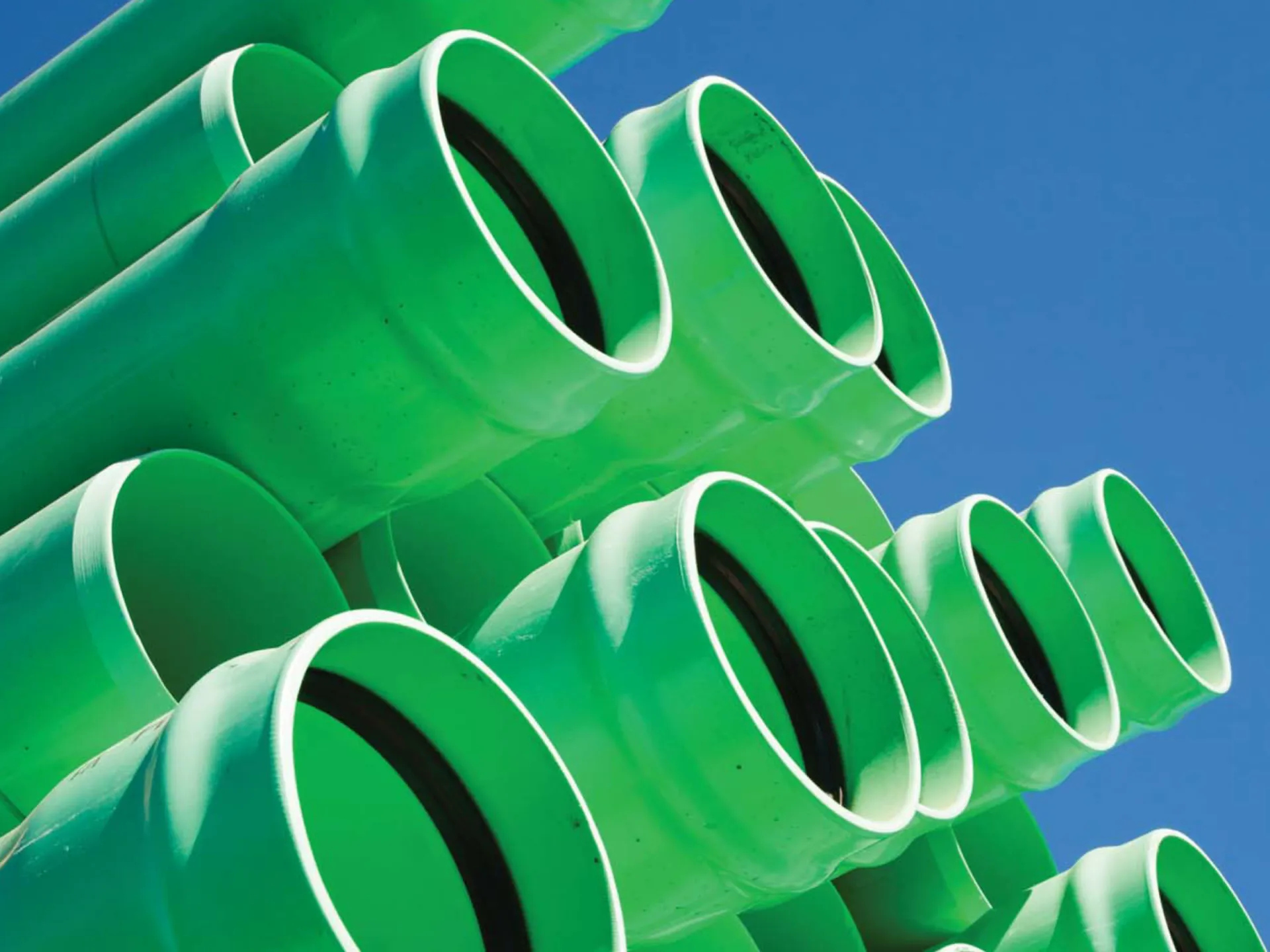Introduction
Polyvinyl Chloride (PVC) is widely used in construction, automotive, and consumer goods due to its durability, versatility, and cost-effectiveness. With increasing environmental awareness and regulatory pressures, recycling PVC has become essential to reducing waste and conserving resources. The two primary recycling methods—mechanical recycling and feedstock recycling—are essential for handling both straightforward and complex PVC waste streams.
Mechanical Recycling
Mechanical recycling is the most widely used process for PVC, especially effective with post-industrial and some post-consumer waste. This method involves collecting, sorting, and grinding PVC materials into smaller granules. These granules, known as recyclate, can be melted and reformed into new products, such as pipes, flooring, and window frames. Mechanical recycling is particularly suitable for rigid PVC products and offers a straightforward solution that conserves the material’s chemical integrity, maintaining the polymer chains without breaking them down. However, for high-quality recyclate, mechanical recycling often requires PVC waste to be sorted and free of other plastics.
Feedstock Recycling
Feedstock recycling, often referred to as chemical recycling, addresses the challenge of mixed and contaminated PVC waste that cannot be mechanically recycled. This process breaks down PVC into its base components through thermal treatments such as pyrolysis, gasification, or dehydrochlorination. The resulting chemicals, including hydrochloric acid and synthesis gas, can be repurposed in manufacturing, or even as industrial fuels. While feedstock recycling broadens the scope of recyclable PVC types, it requires more energy and infrastructure, and costs can be higher than mechanical methods due to the complexity of separating and processing chemical byproducts.
Environmental and Regulatory Drivers
European initiatives, such as VinylPlus and Recovinyl, play a crucial role in advancing PVC recycling efforts by setting collection targets and supporting innovations in recycling technology. These initiatives promote sustainable practices by engaging with PVC manufacturers, recyclers, and governments to reduce landfill reliance and adopt eco-friendly recycling solutions. For example, VinylPlus aims to recycle 800,000 tonnes of PVC per year in Europe through certified recyclers and converters, providing a model of circular economy practices.
Challenges and Future Directions
Although both mechanical and feedstock recycling offer substantial benefits, challenges remain. Mechanical recycling is limited by the need for clean, homogenous PVC waste, while feedstock recycling faces high operational costs and complex chemical processes. Innovations in sorting technology and processing efficiency could make PVC recycling more economical and environmentally sustainable in the future. Additionally, stricter landfill bans and regulations may incentivize the adoption of advanced PVC recycling methods on a broader scale.
By expanding recycling efforts and refining these methods, PVC recycling can continue to evolve as a core element in achieving a more sustainable and circular plastics economy.



